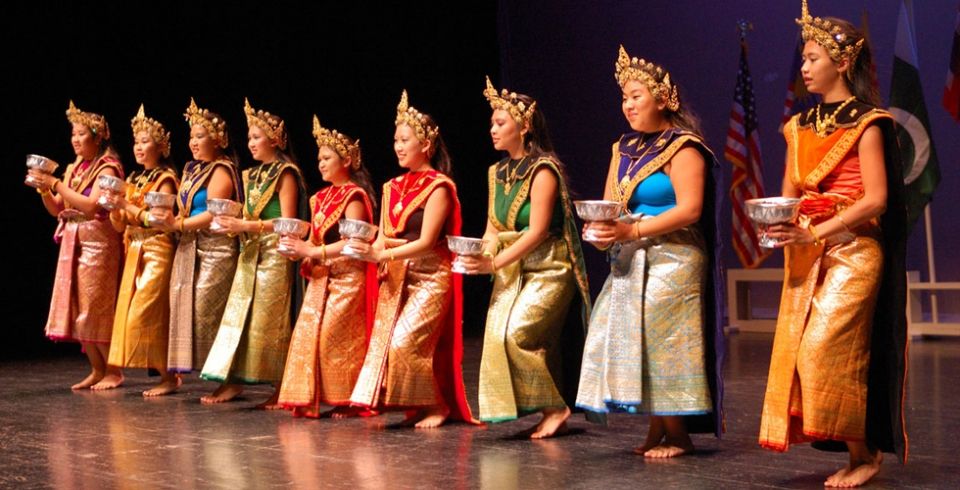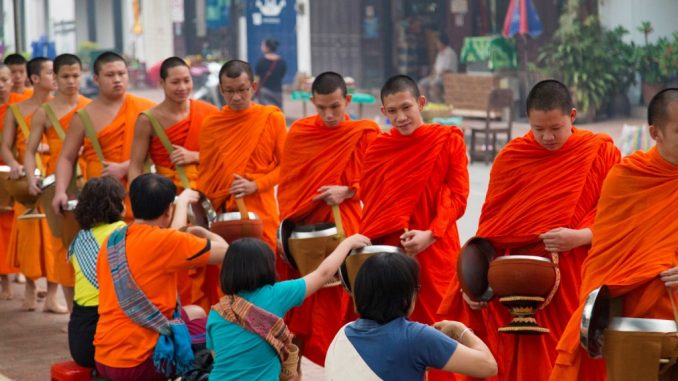Phonsavanh, the new provincial capital, is located in Paek District and caters to increasing numbers of national and international tourists, eager to experience Xieng Khouang’s natural, historical and archaeological attractions. The new airport in Phonsavanh is served by regular flights from Vientiane Capital by Lao Airlines.
The Plain of Jars, prehistoric stone megaliths, attract thousands of tourists to the province each year. The area is of significant archaeological importance on account also of the Standing Stones of Hintang in nearby Houaphanh Province.
Prehistoric material found at the Plain of Jars is still under study, and apparently spans a considerable period of time, with some dating from as early as 2000 BC. The bulk of the archaeological material, however, as well as the jars themselves appeared much later, dating to the early Iron Age between 500 BC and 500-800 AD.
Although little is known about the people that constructed the megalithic stone jars, an account of the area’s history is recorded in the Muang Puan Chronicles. The Tai Puan are a Buddhist Tai-Lao ethnic group that migrated from what is today southern China and by the 13th century had formed an independent principality at the Plain of Jars that prospered from the overland trade in metals and forest products.
During the Second Indochina War that raged in Laos during the 1960’s and early 1970’s Xieng Khouang suffered heavy aerial bombardment and intense ground battles due to its strategic importance. This conflict has left a deadly legacy of unexploded ordnance (UXO) which is still being cleared today. Since Laos gained full independence in 1975, Xiengkhouang and the Plain of Jars are enjoying peace and tranquility after centuries of conflict.
The original capital city, Muong Khoun, was almost totally obliterated by US bombing and consequently, the capital was moved to nearby Phonsavanh. Of several Muong Khoun Buddhist temples built between the 16th and 19th century, only ruins remain. Vat Pia Vat, however, survived the bombing and can be visited.
Be sure to visit the Xieng Khoung Provincial Museum to explore the intriguing history of this area.




.jpg)


.jpg)


.jpg)
.jpg)

.jpg)











